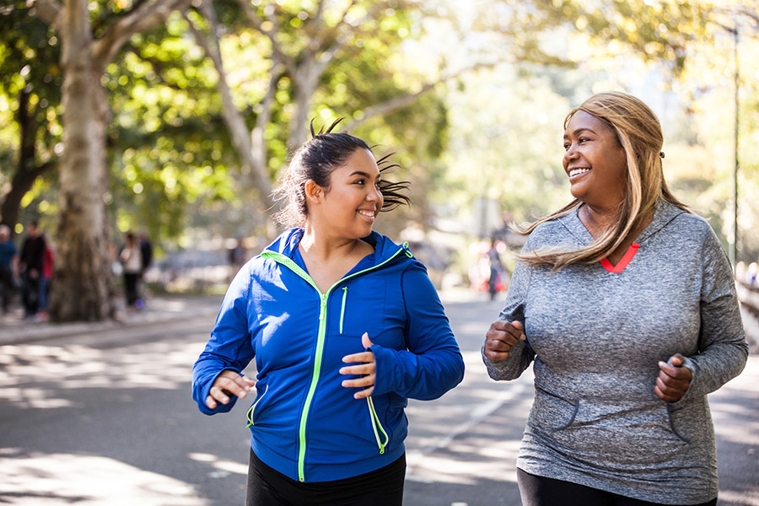Diabetes Management: How to Take Control of Your Diabetes
Nov 1, 2023

Data shows more than1 in 10adults across the world have diabetes. In the United States, that’s more than 37 million people.
Although the disease is somewhat common, diabetes is a serious diagnosis. It raises your risk of additional health complications, some of which can be life-threatening. That’s why diabetes management is crucial.Nilem Patel, MD, endocrinologist, shares what you can do to get diabetes under control.
What are the risks of diabetes?
Diabetes complications don’t happen immediately, explains Dr. Patel. But after several years of poorly controlled diabetes, people can develop:
- Eye diseases, such as retinopathy or bleeding in the eyes
- Heart disease, increasing the risk of heart attack and stroke
- Kidney disease, which can lead to kidney dysfunction and the need for dialysis
- Peripheral neuropathy, a loss of sensation in the feet, that can lead to poor wound healing and an increased risk of amputation
Fortunately, managing diabetes with the help of a healthcare provider can significantly lower your risk of complications. As Dr. Patel explains, managing diabetes effectively takes a three-pronged approach: diet, exercise and medication.
1. Focus on your diet
“Number one is healthy eating,” Dr. Patel says. “Focus on a balanced, nutritious diet that emphasizes protein and vegetables and limits carbohydrates.”
When you have diabetes, you need to understand how your food choices and portion sizes affect your blood sugar. Some tips for eating to manage diabetes include:
- Balancing your meals with a mix of fruits, vegetables, protein and fat
- Choosing carbohydrates that are high in fiber and better for your blood sugar, such as vegetables and whole grains
- Coordinating your meal schedule with your medication schedule
- Counting carbohydrates so you get the right dose of insulin
- Limiting or completely avoiding beverages sweetened with sugar
- Using a food scale or measuring cups to ensure you eat the correct portion size
2. Prioritize exercise
“Number two is exercise,” Dr. Patel says. The American Diabetes Association recommends at least 30 minutes of daily cardiovascular exercise. “It doesn’t have to be 30 simultaneous minutes,” explains Dr. Patel. “You can break it up into three 10-minute increments, based on your abilities.”
Regular exercise helps your body use insulin more effectively. And it’s not just about strenuous aerobic activity — walking, gardening or cleaning the house are all ways to increase your daily movement. Some tips to keep in mind while exercising include:
- Ask your doctor about the best time to work out based on your meal and medication schedule
- Check your blood sugar before, during and after physical activity so you know if you need a snack to prevent low blood sugar
- Know the signs of low blood sugar, such as feeling tired, lightheaded, shaky or weak
- Stay hydrated with water throughout your workout
3. Take your medications
Number three, Dr. Patel shares, is about following your diabetes treatment plan. “Take your medications consistently and as directed,” she says.
It’s important to recognize the value of medications such as insulin for diabetes management. Some people feel resistant to taking medications — but they are necessary when lifestyle changes alone don’t work.
If you have any questions about your medication, talk with your doctor. Never stop taking a prescription without consulting your doctor first.
Take control of diabetes
The good news: You have the power to take control. “I always tell my patients: This is the disease you have the most control over,” says Dr. Patel. “It’s in your hands whether you’re going to do well or not. With diabetes, what we do as physicians is 20% of the outcome — what you do as a patient is 80% of it. Take control, change how you live your life, and you can help yourself.”
If you need helping managing diabetes or your overall health,find an Adventist Health providernear you.


